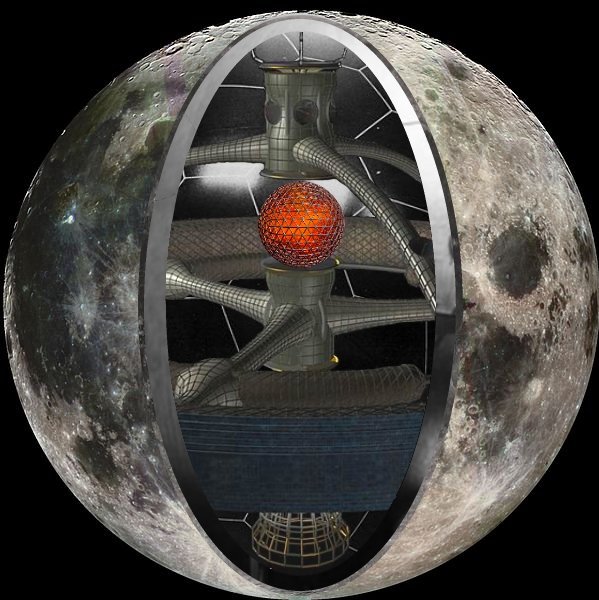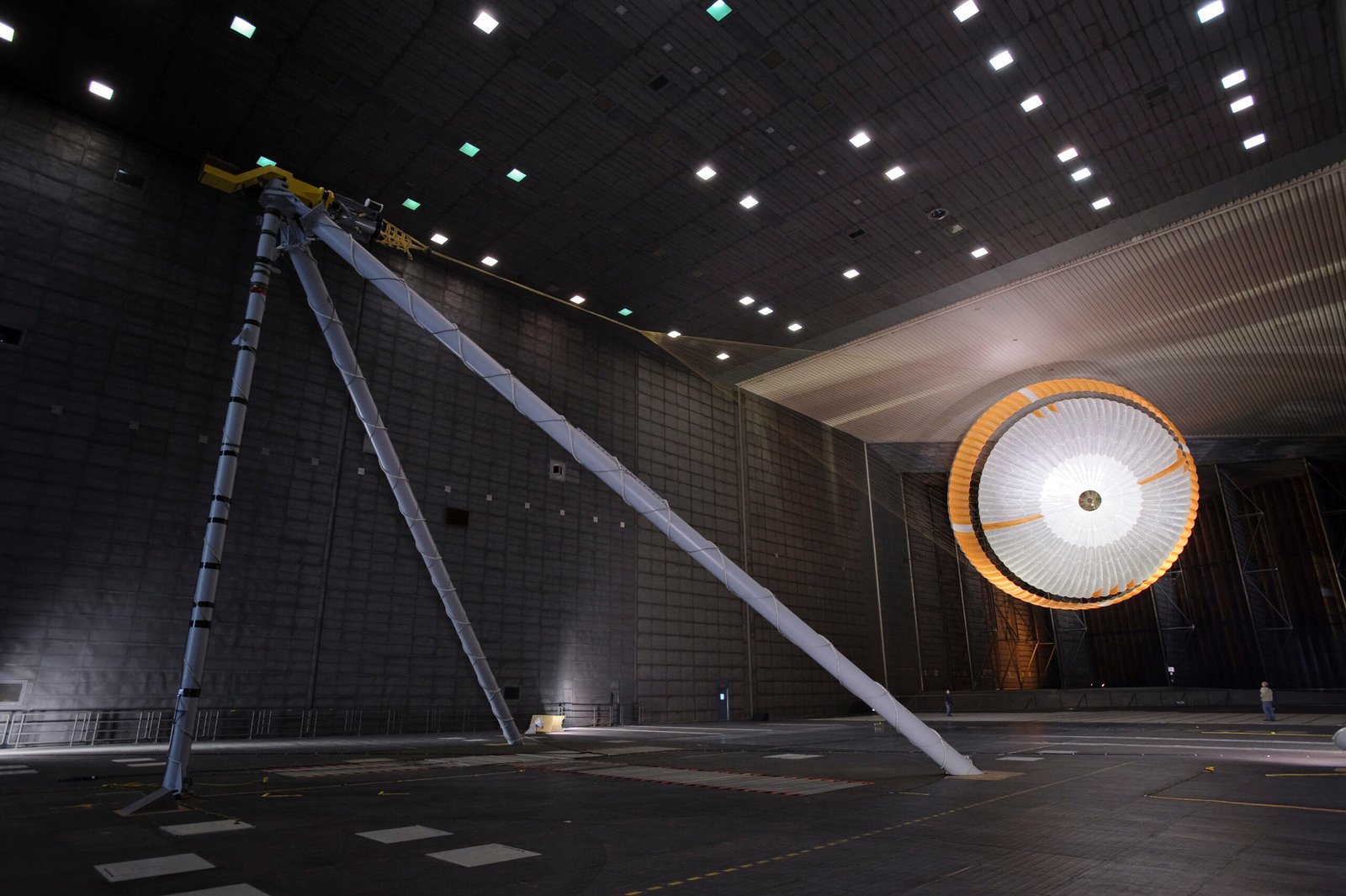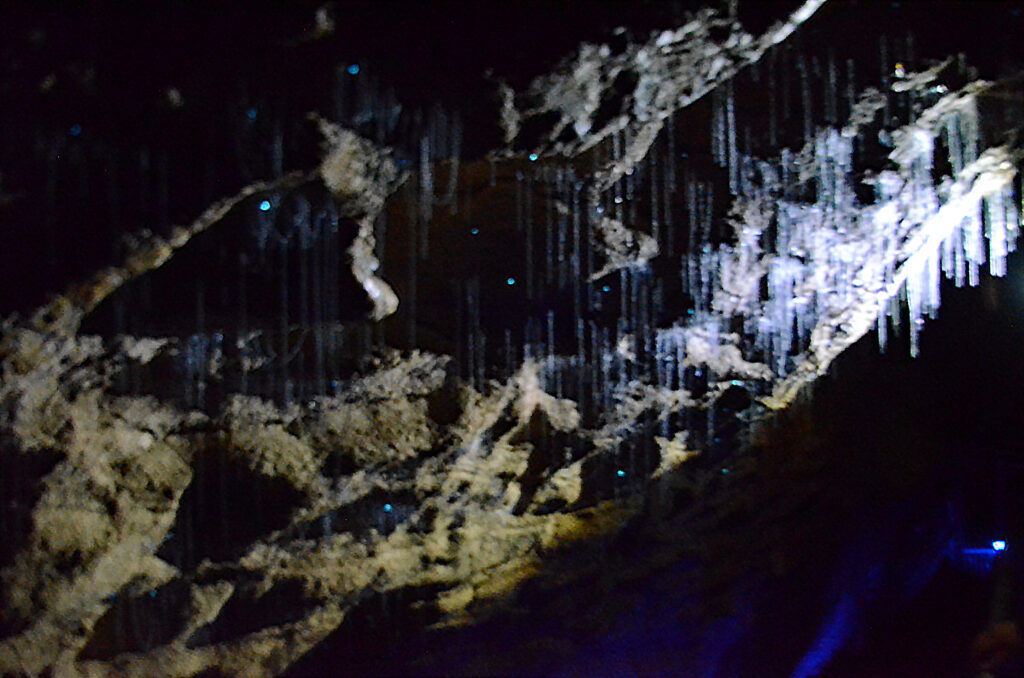The thought of alien megastructures conjures images of colossal space habitats and planet-sized engineering marvels. It’s a tantalizing idea, sparking our imagination and curiosity about what lies beyond our starry skies. Despite decades of searching, we have yet to discover any sign of these extraterrestrial feats of engineering. This mysterious silence prompts us to ask: why haven’t we found alien megastructures?
The Search for Alien Megastructures: A Cosmic Puzzle

For years, astronomers have scoured the universe for signs of alien life, focusing particularly on the search for alien megastructures. These structures, which could be used for harnessing solar energy or as massive habitats, would likely emit detectable signals or cause observable effects in their surrounding space. The search is akin to finding a needle in a cosmic haystack, but it’s a quest that promises to redefine our understanding of life in the universe.
What Are Alien Megastructures?

Alien megastructures are hypothetical constructs that advanced extraterrestrial civilizations might build. Imagine a massive Dyson Sphere, a structure encircling a star to capture its energy, or a Ringworld, a gigantic ring-shaped space station. These concepts are not just science fiction; they are theoretically possible if a civilization reaches a level of technological prowess far beyond ours. Such structures would be monumental in scale and could potentially alter the light patterns of their host stars.
The Fermi Paradox: A Cosmic Conundrum

The Fermi Paradox questions why, given the vast number of stars and potentially habitable planets, we haven’t encountered any signs of intelligent alien life. If civilizations can build megastructures, why haven’t we seen them? This paradox challenges our assumptions about life in the universe and suggests that either such civilizations are exceedingly rare, or we are looking in the wrong places or ways.
The Technological Signature of Megastructures

One way scientists search for alien megastructures is by looking for their technological signatures. These could include unusual star dimming patterns or infrared emissions that don’t match natural processes. For example, a Dyson Sphere would likely cause a star to dim in a specific, detectable way. However, distinguishing these signals from natural phenomena is a complex task, requiring advanced technology and keen observation.
The Challenges of Detecting Alien Megastructures

Detecting alien megastructures is fraught with challenges. The universe is vast, and our current technology limits how deeply and broadly we can search. Moreover, distinguishing an artificial structure from natural cosmic phenomena is complex. Many signals that initially appear promising are later explained by natural events, such as dust clouds or binary star systems.
Are We Looking in the Right Places?
Another aspect of the search involves questioning whether we’re looking in the right places. Most current efforts focus on stars similar to our sun, under the assumption that extraterrestrial life would evolve similarly to us. However, alien life, and by extension, their megastructures, could be vastly different, thriving in environments we consider inhospitable. This necessitates expanding our search to include a wider variety of star types and planetary systems.
The Role of Advanced Technology in the Search

As technology advances, so too does our ability to detect signs of alien megastructures. New telescopes and satellites are being developed to scan the skies with greater precision. Projects like the James Webb Space Telescope and the Breakthrough Listen initiative are pushing the boundaries of our observational capabilities, offering hope that we might one day spot the elusive signatures of alien engineering.
Could Alien Civilizations Be Avoiding Detection?
It’s possible that advanced extraterrestrial civilizations might actively avoid detection. They could choose to hide their presence for reasons unknown to us, perhaps due to a desire for privacy or fear of hostile encounters. Alternatively, they might operate on a level of technology so advanced that their structures are undetectable using our current methods.
Have We Found Anything Yet?
While we haven’t found definitive evidence of alien megastructures, there have been intriguing signals and anomalies. For instance, the star KIC 8462852, also known as Tabby’s Star, exhibited unusual dimming patterns that led some to speculate about a possible Dyson Sphere. However, further investigation suggested more mundane explanations, such as dust clouds.
The Future of the Search for Alien Megastructures

The search for alien megastructures is still in its infancy, but it holds great promise. As we develop more sophisticated technologies and broaden our search parameters, the chances of finding evidence of extraterrestrial engineering increase. This quest not only deepens our understanding of the cosmos but also reflects our innate curiosity and desire to connect with life beyond Earth.



